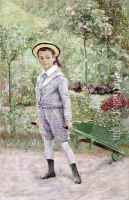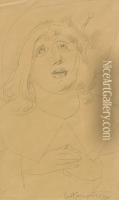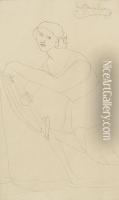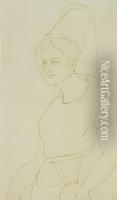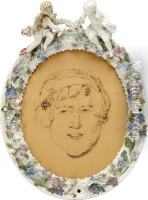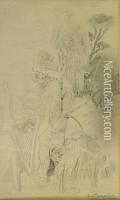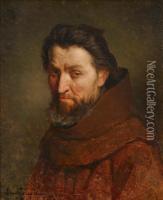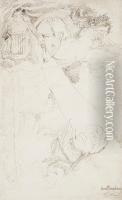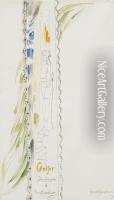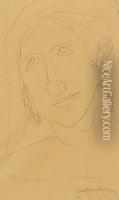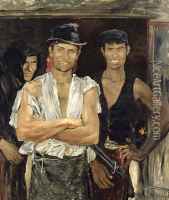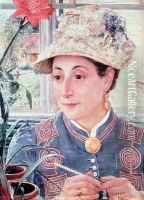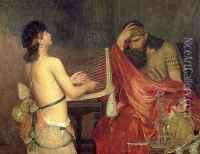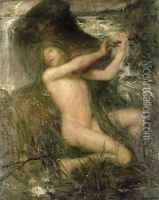Ernst Josephson Paintings
Ernst Josephson was a prominent Swedish painter and poet, born on April 16, 1851, in Stockholm, Sweden. He developed an interest in art at an early age and went on to study at the Royal Swedish Academy of Arts in Stockholm. His early work was influenced by the Düsseldorf school of painting, and he often depicted historical and mythological subjects. In the 1870s, Josephson traveled throughout Europe, visiting France, Italy, and Spain, which greatly influenced his style and artistic outlook.
During his travels, he established connections with contemporary artists and was particularly influenced by the French Impressionists and Spanish masters. His work began to shift, showing a greater emphasis on light and color, and he started to move away from the strict narrative style of his early paintings.
In the 1880s, Josephson's work took a significant turn after he suffered a psychological breakdown that led to a diagnosis of schizophrenia. This period of his life, while challenging, also sparked a transformation in his artistic vision. He began to produce more expressive and visionary works, with a focus on symbolism and an intense exploration of the human psyche.
Josephson's later paintings are often characterized by their raw emotional intensity and loose brushwork, which were ahead of their time and later associated with the expressionist movement. Despite his mental health struggles, he continued to work and had periods of intense creativity.
Ernst Josephson's contributions to Swedish art were considerable. He was a central figure in the Opponenterna (the Opponents), a group of artists who opposed the formalities of the Royal Swedish Academy and advocated for a more open and progressive approach to art. His poetry, much like his art, was innovative and reflected his deep emotional experiences.
Josephson passed away on November 22, 1906, in Stockholm. His legacy lives on, and his work is still celebrated for its pioneering spirit and emotional depth. Josephson is regarded as one of Sweden's most important artists of the 19th century, and his influence is evident in the work of later Swedish artists and the broader art movements that followed.
